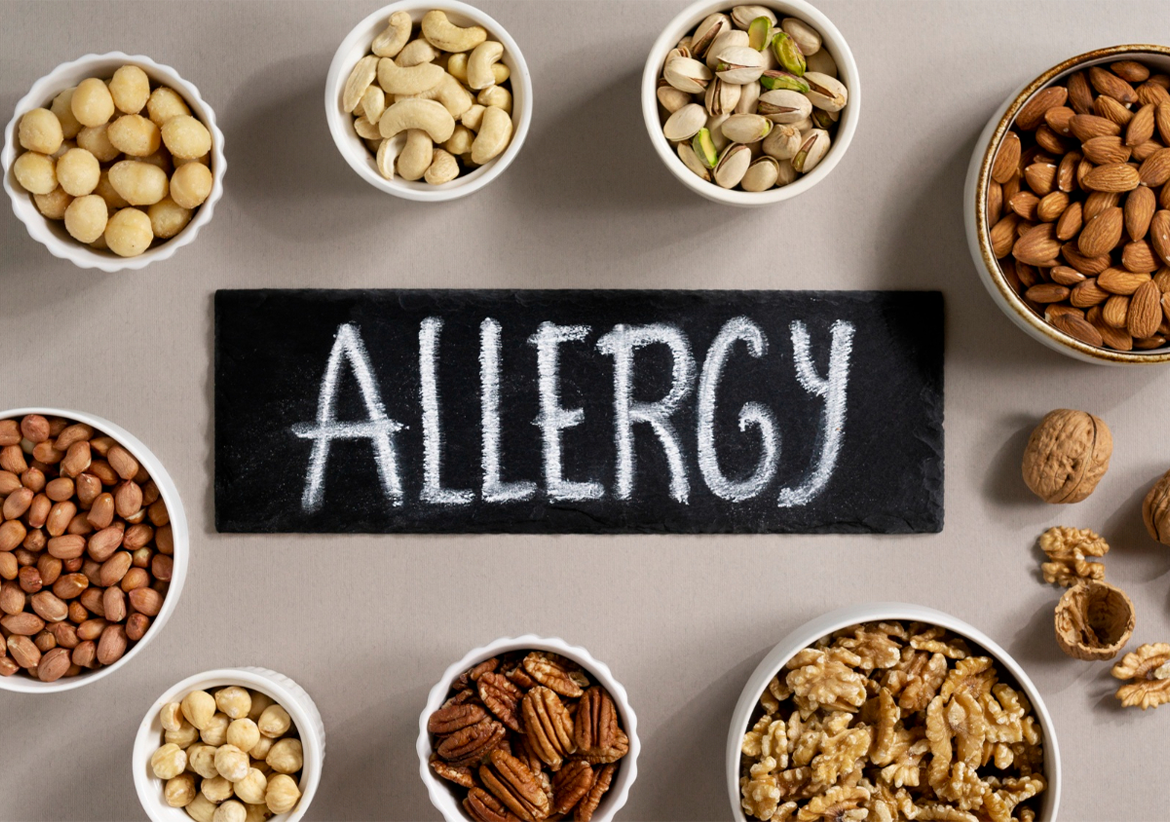Food Safety Manufacturing:
It is a comprehensive course that trains food industry workers to assure product safety and quality during production. This lesson covers raw supplies, packaging, and shipping food to shops.
Legal requirements for food safety are emphasized.
A big part of the course is learning about and following the laws and rules about food safety. People who take part will learn all about the laws and rules that protect food around the world. This will make following the advice of groups like the World Health Organization (WHO), the Food and Drug Administration (FDA), and the European Food Safety Authority (EFSA) easy. A lot of effort goes into figuring out complicated law issues so that every part of production meets government standards. Following these rules is not only the law, but also the best way to keep things clean, keep customers trusting you, and stay out of trouble with the law.
Good manufacturing practices:
This course will talk about GMP ideas, with a focus on cleaning, hygiene, and the ways things are made. Participants will learn how GMP rules help keep things consistent, improve product quality, and cut down on contamination.
Quality management system:
To do this work, we need a good QMS People who are taking part will create and use QMS systems that have processes, records, and tracks that always happen. Using QMS, companies can make their processes better, keep track of their goods better, and fix safety issues.



No Comments